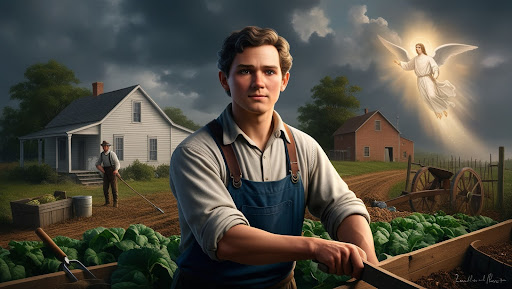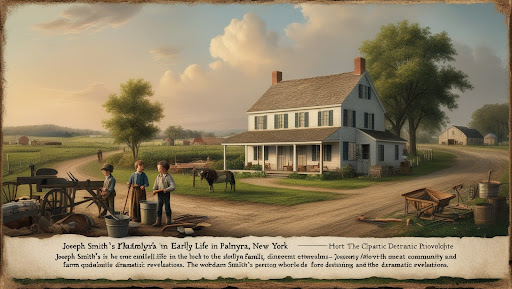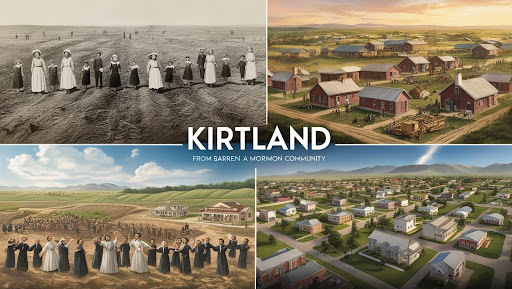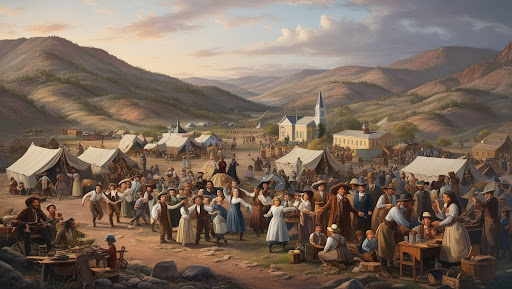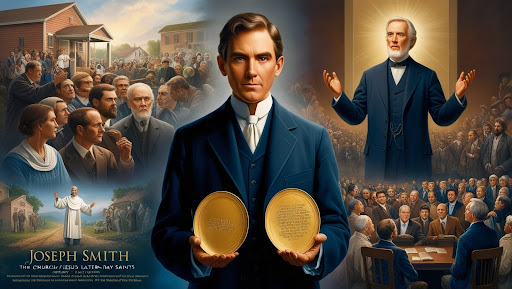Far West: Mormons Establish Their Western Hub
Alright, fam, buckle up because we’re diving into the wild ride that was the Mormon migration to Far West. Picture this: a crew of pioneers, bursting with dreams and determination, rolling up to what they hoped would be their new spiritual epicenter. Far West wasn’t just another spot on the map; it was their chance to build a fresh new world. It’s like hitting the reset button but on a whole new level. From setting up shop to facing off with rival settlers, these Mormons were on a mission to make Far West the ultimate Western hub. Let’s break down how they did it.
Setting Up Shop in Far West
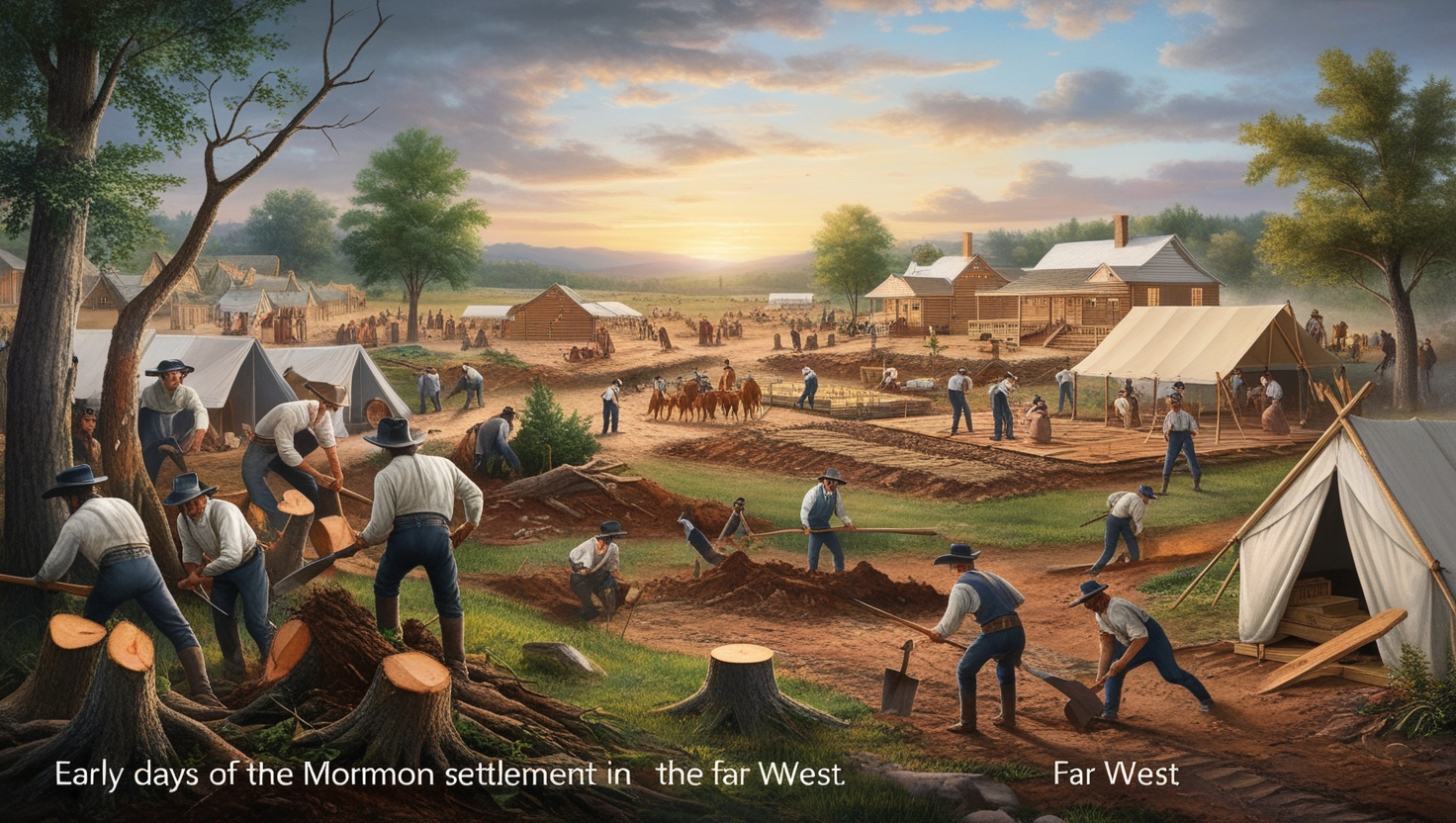
When the Mormons rolled into Far West, they came in like a whirlwind of hope and hustle. Picture them cruising into this uncharted territory, eyes wide with the possibilities of a brand new start. They didn’t just show up; they came with a game plan. First things first, they had to clear out the land. Imagine a bunch of folks chopping down trees, digging up stumps, and prepping the ground for their new digs. It was like an epic land makeover—straight-up transformation mode.
Initial Setup:
-
Clearing land to prepare for construction.
-
Building temporary shelters for settlers.
-
Setting up essential supplies for immediate needs.
Construction and Organization:
-
Establishing basic infrastructure like roads and wells.
-
Planning the layout of homes, farms, and public buildings.
-
Creating communal areas for gatherings and services.
Early Challenges:
-
Dealing with unpredictable weather and rough terrain.
-
Managing limited resources and supplies.
-
Adapting to the demands of frontier life.
With the land prepped and ready, they jumped into action. Homes started going up, and it wasn’t long before the settlement began to take shape. They were laying down the foundations not just for buildings, but for their entire community. It was all hands on deck, with everyone pitching in to make Far West not just a place to live, but a place to thrive. The energy was electric as they built from scratch, setting up shops, farms, and all the essentials for their new life.
Building the Community from Scratch
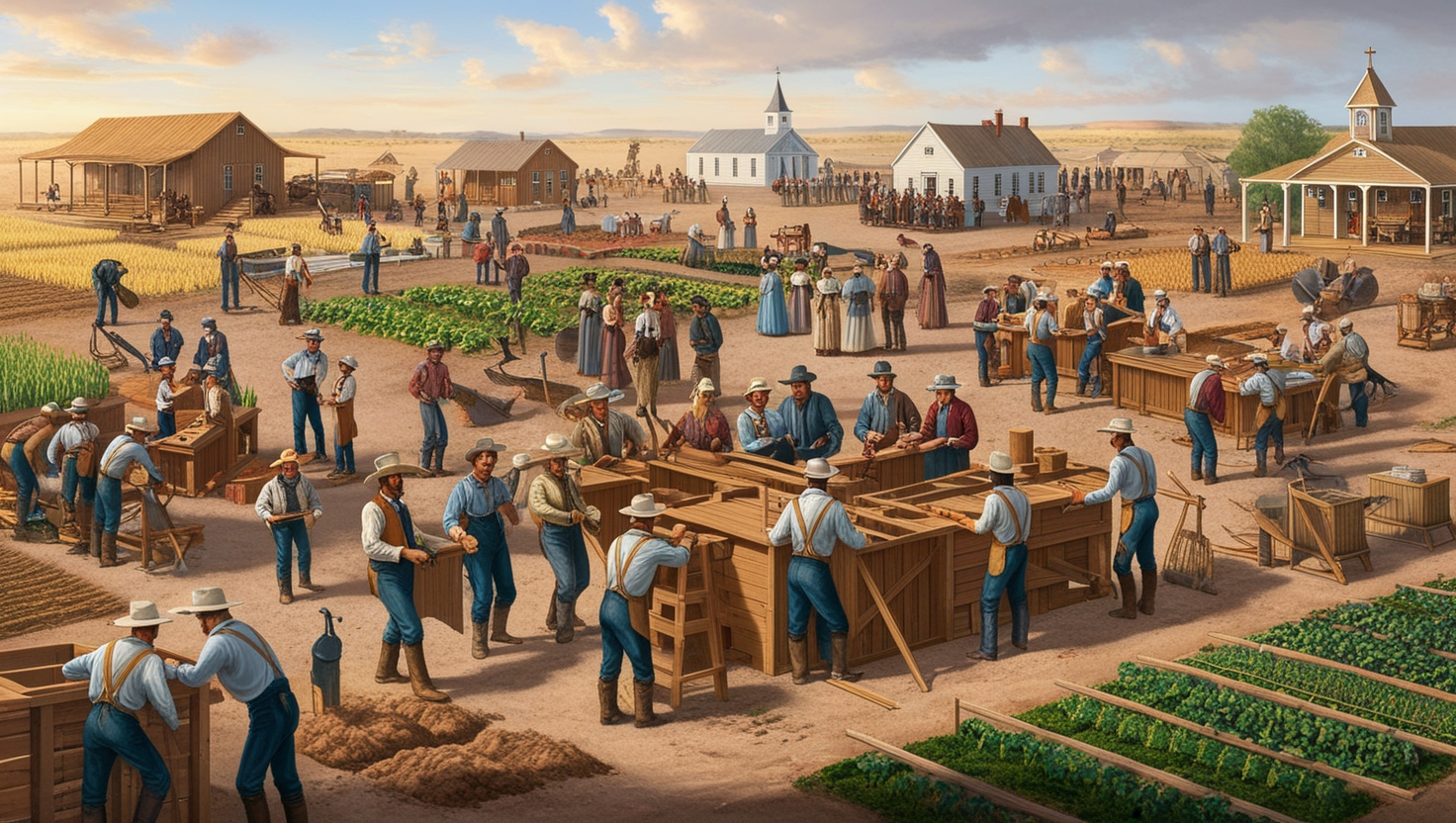
Once the basics were in place, it was time to get serious about building the community. They formed teams and committees, kind of like creating a dream team for a mega project. Some folks were in charge of construction, others handled farming, and a few took on the responsibility of setting up crucial services. It was like assembling a squad where everyone had a role to play, and every role was vital for making Far West a thriving hub.
Team Formation:
-
Assigning roles and responsibilities for various tasks.
-
Organizing groups for construction, farming, and other key activities.
-
Forming committees to oversee community needs and projects.
Essential Services:
-
Setting up schools and places of worship.
-
Establishing markets and trade routes for economic activity.
-
Creating a local governance structure for community management.
Community Engagement:
-
Hosting social events and gatherings to build unity.
-
Encouraging volunteerism and participation in community activities.
-
Recognizing and celebrating achievements and milestones.
They didn’t just slap up a few buildings and call it a day. Oh no, they were all about creating a well-rounded community. Schools, churches, and markets weren’t just afterthoughts—they were essential pieces of the puzzle. The Mormons understood that for Far West to succeed, it needed to be more than just a collection of houses; it needed to be a vibrant, functioning society. So, they got busy setting up these key institutions, ensuring that their new home had everything it needed to flourish.
Crafting the Far West Identity
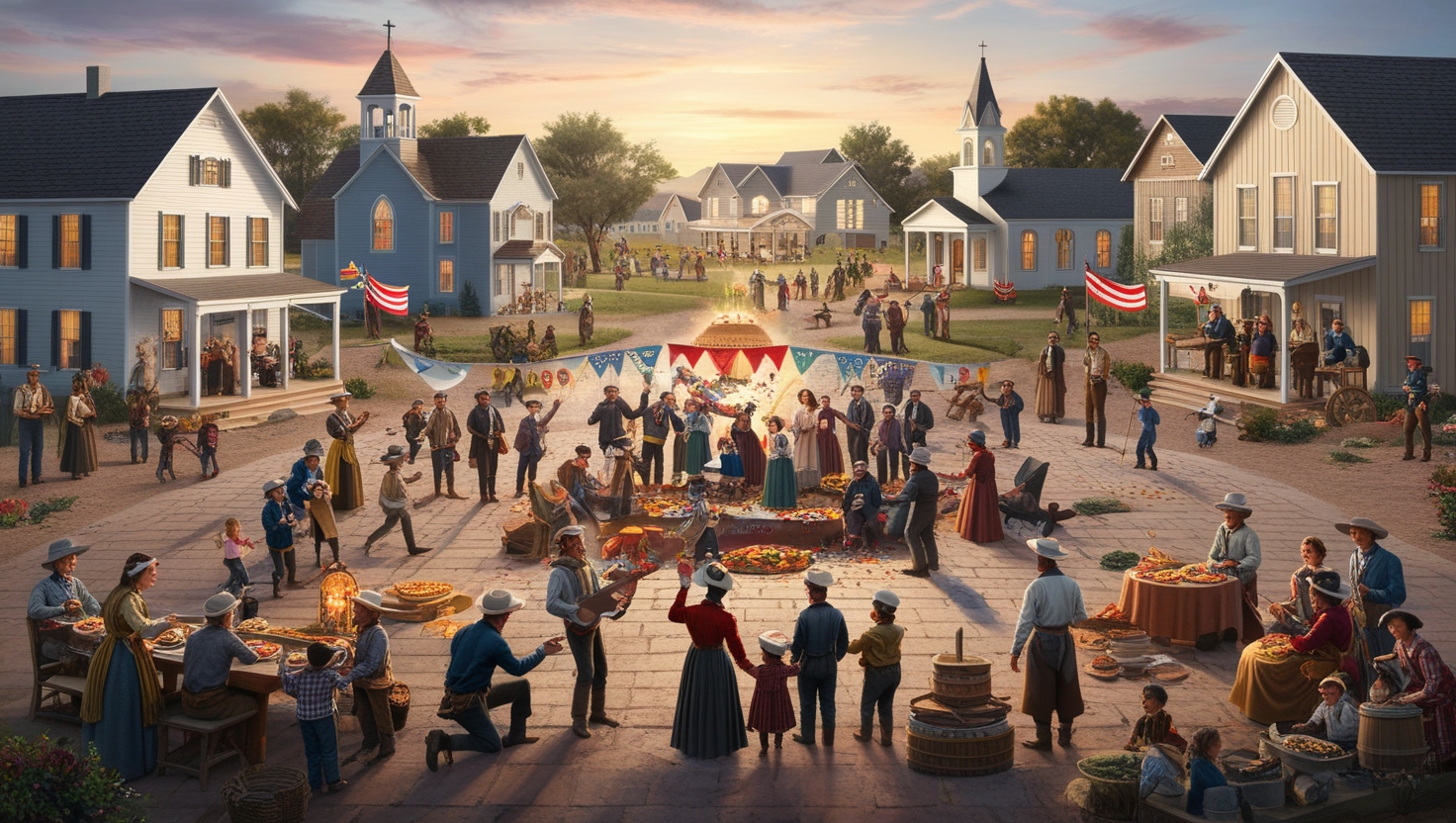
As Far West started to come together, the Mormons were all about crafting its identity. They weren’t just setting up a settlement; they were creating a whole vibe. This was their chance to build a place that reflected their values and vision. From the get-go, they were defining what Far West would stand for—combining their pioneering spirit with their religious beliefs to forge a unique community culture.
Cultural Development:
-
Infusing the settlement with unique Mormon values and traditions.
-
Creating community rituals and celebrations to build a shared identity.
-
Developing local customs and practices that reflect the settlers’ vision.
Milestone Celebrations:
-
Organizing events to celebrate key achievements and progress.
-
Using celebrations as opportunities to strengthen community bonds.
-
Highlighting successes to boost morale and collective spirit.
Defining the Atmosphere:
-
Establishing a welcoming and supportive community environment.
-
Promoting a positive and inclusive vibe among settlers.
-
Encouraging creativity and personal expression within the community.
One of the coolest things they did was celebrate their milestones. They weren’t just about the grind; they knew how to throw a party when it was deserved. Milestone celebrations weren’t just fun—they were a way to build morale and reinforce the sense of community. It was like a constant reminder of how far they’d come and what they were working toward. Each celebration was a reflection of their progress and a boost for their collective spirit.
Clashing with Outsiders
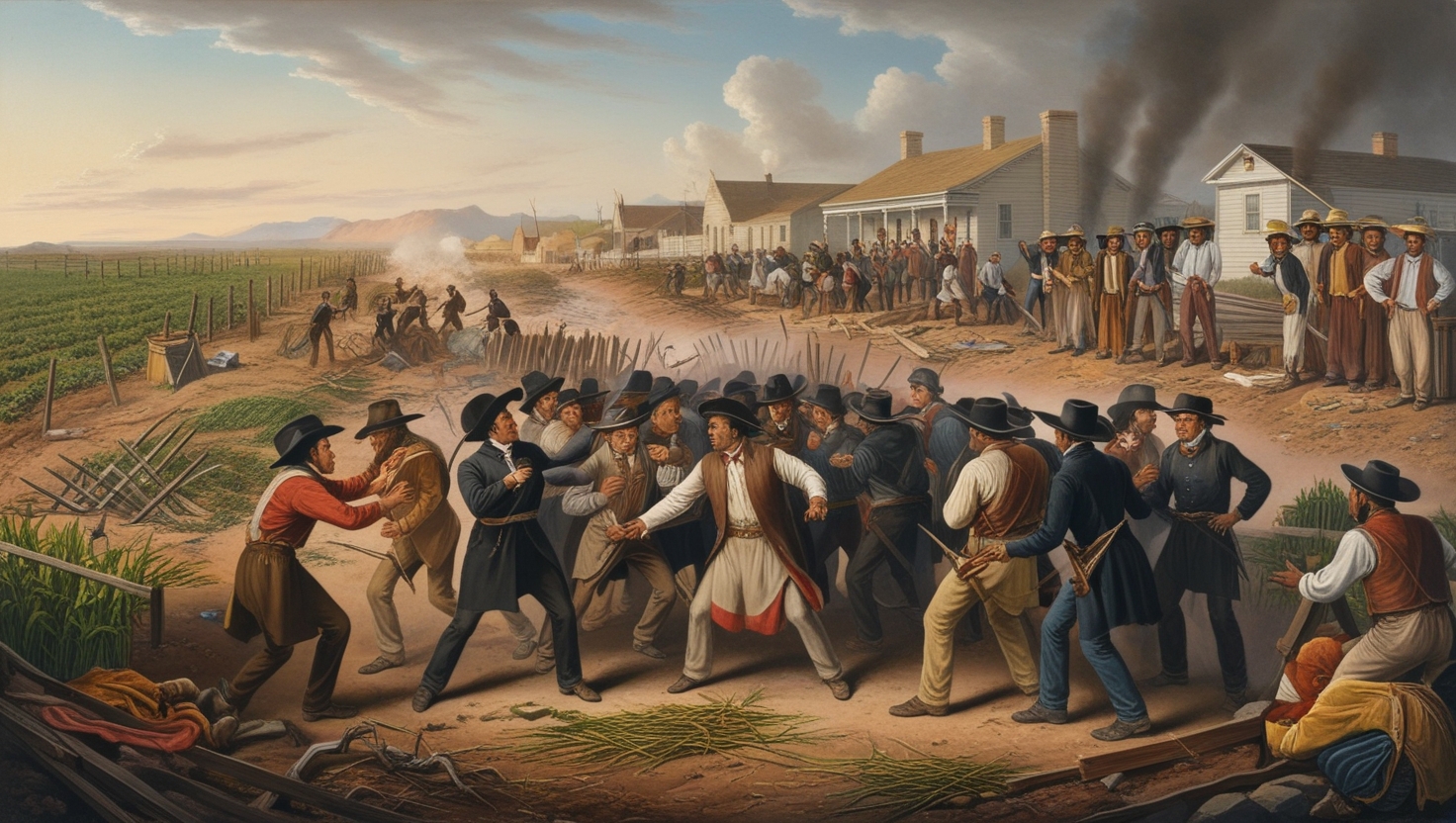
As Far West grew, not everyone was thrilled about these new settlers. The locals were giving off some serious side-eye, and the tensions started to brew. The Mormons were seen as outsiders, and that created a lot of friction. What started as minor disagreements quickly escalated into full-blown clashes. Imagine a new crew moving into a neighborhood and things getting heated—yeah, that was pretty much the vibe.
Local Hostility:
-
Encountering resistance from established settlers in the area.
-
Dealing with prejudice and negative perceptions of Mormon settlers.
-
Navigating disputes over land and resources with neighboring communities.
Cultural Conflicts:
-
Facing challenges in blending Mormon practices with local customs.
-
Addressing misunderstandings and tensions between different groups.
-
Managing friction arising from cultural and lifestyle differences.
Community Defenses:
-
Implementing strategies to protect the settlement from external threats.
-
Strengthening internal unity to face external opposition.
-
Seeking allies and support from sympathetic individuals and groups.
The conflicts weren’t just about land or resources; they were also about deep-seated cultural differences. The locals had their own way of doing things, and the Mormons’ new ideas and practices didn’t always sit well with them. Misunderstandings and prejudice made it hard for both sides to get along. It was like trying to mix oil and water—nothing seemed to blend smoothly, and tensions were high.
Claiming Their Space
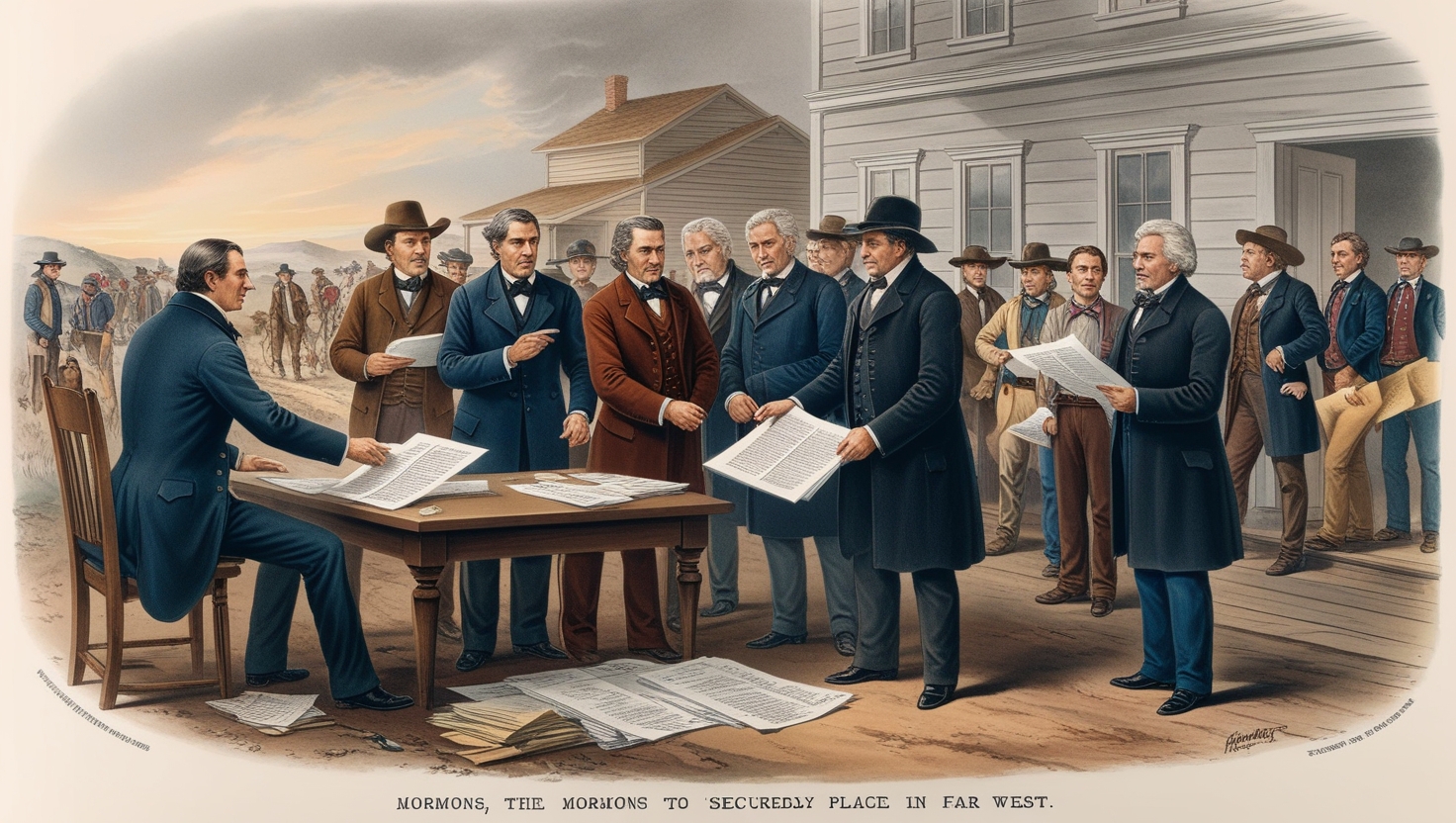
Getting Far West up and running was only part of the battle; the Mormons also had to play the political game. They knew that to secure their place, they needed to get official recognition and support. This meant dealing with local politics, making their case to government officials, and fighting for their rights. It was like a game of chess, where every move had to be calculated and strategic.
Legal and Political Maneuvers:
-
Engaging with local government officials for support and recognition.
-
Filing petitions and appeals to secure legal standing.
-
Negotiating terms and agreements to establish a foothold.
Advocacy Efforts:
-
Lobbying for favorable policies and protections for the settlement.
-
Building relationships with influential figures and policymakers.
-
Raising public awareness about their cause and needs.
Securing Rights:
-
Fighting for land ownership and settlement rights.
-
Working to ensure that their legal claims are acknowledged and upheld.
-
Addressing any legal challenges or disputes that arise.
Navigating the political landscape wasn’t a walk in the park. The Mormons had to work hard to gain the respect and acknowledgment of local authorities. They lobbied for their rights and pushed for recognition of their settlement. It was a challenging process, with plenty of setbacks and obstacles along the way. But the Mormons were determined to carve out a space for themselves, no matter how tough the political terrain was.
Turning Far West into a Hub
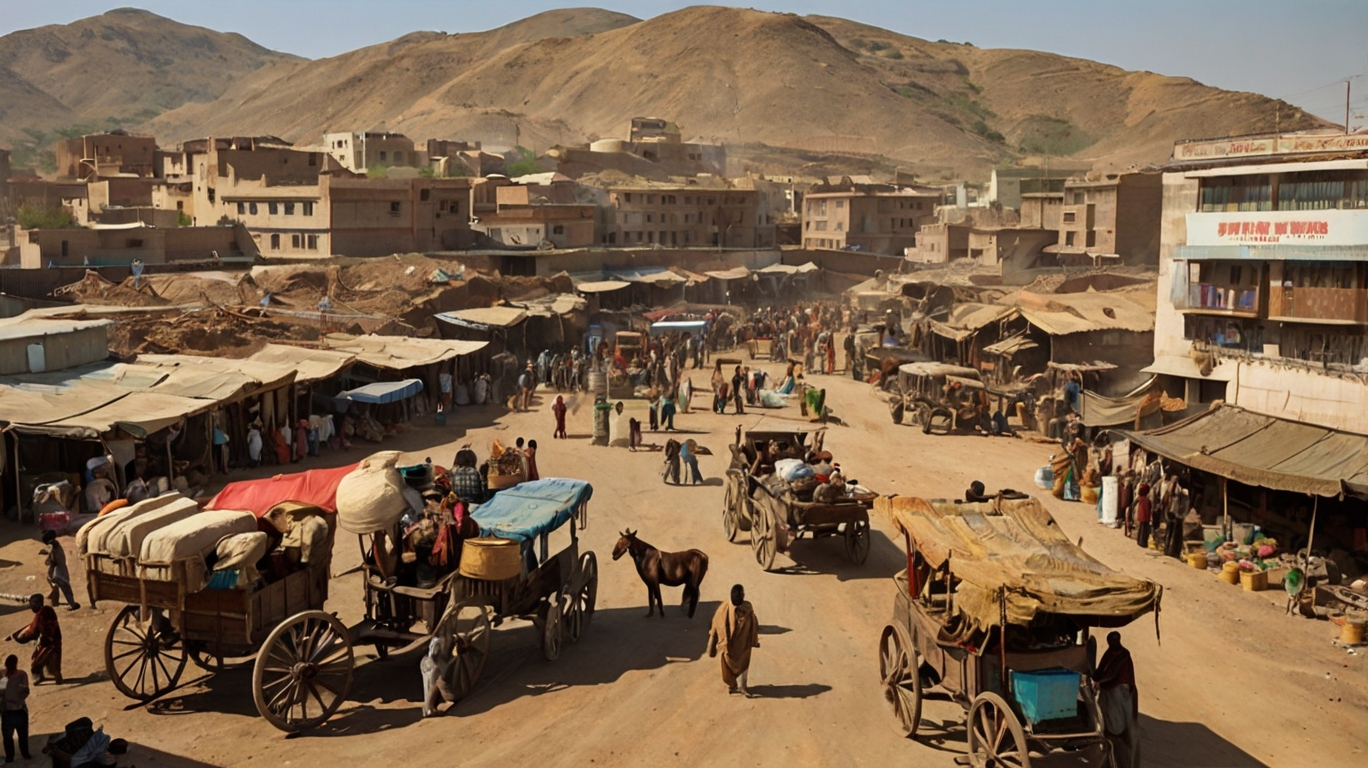
Once they had their footing, the Mormons went all-in on making Far West an economic powerhouse. They weren’t just focused on surviving; they were all about thriving. Developing trade and commerce became a priority, with the goal of turning Far West into a bustling economic center. They built roads, set up businesses, and created a thriving marketplace that attracted new settlers and entrepreneurs.
Trade and Commerce:
-
Developing local businesses and markets to boost the economy.
-
Establishing trade routes and partnerships with other communities.
-
Encouraging entrepreneurial ventures and economic activity.
Infrastructure Development:
-
Investing in roads, bridges, and public facilities to support growth.
-
Enhancing transportation and communication systems.
-
Building key infrastructure to facilitate trade and commerce.
Attracting New Settlers:
-
Promoting Far West as a prime destination for new arrivals.
-
Offering incentives and support for incoming settlers and businesses.
-
Creating a thriving economic environment to draw in talent and resources.
Building infrastructure was key to their economic strategy. Roads weren’t just about connecting places; they were about creating pathways for growth and trade. Businesses sprang up, providing goods and services to the growing community. The economic boom wasn’t just about money; it was about creating a vibrant, dynamic place where people wanted to come and be part of something big. Far West was becoming more than just a settlement—it was becoming a hub of opportunity.
Managing Growth and Conflict
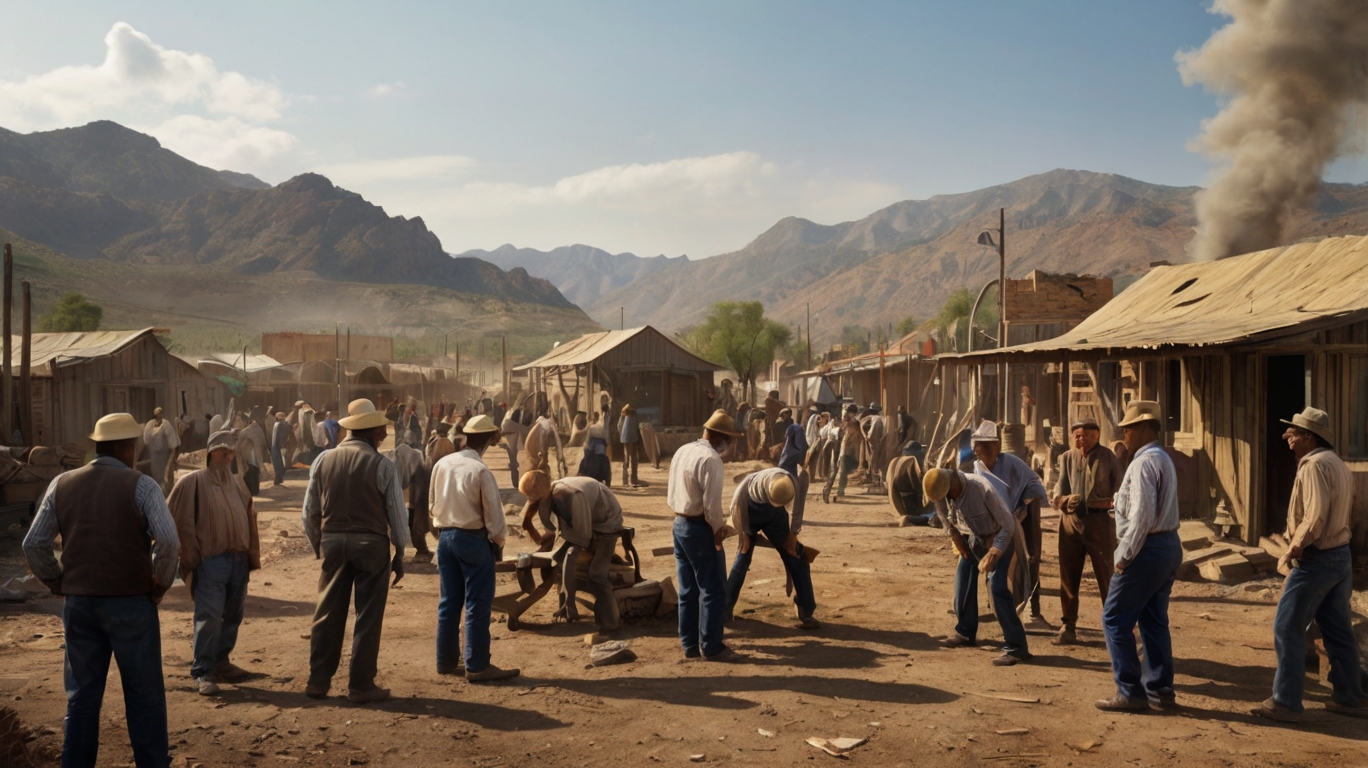
With rapid growth came rapid challenges. As Far West expanded, the Mormons faced a whole new set of issues. Managing a booming community wasn’t easy; it came with growing pains and internal conflicts. Leadership disputes, resource shortages, and logistical headaches became part of the daily grind. It was like trying to keep a high-speed train on track—exciting but full of obstacles.
Growth Management:
-
Handling the logistics of expanding the settlement.
-
Addressing the needs of a growing population.
-
Balancing development with community cohesion.
Leadership and Conflict Resolution:
-
Navigating disputes among leaders and decision-makers.
-
Implementing systems to manage internal conflicts and disagreements.
-
Ensuring fair and effective leadership practices.
Community Cohesion:
-
Maintaining unity and morale amid rapid changes.
-
Implementing strategies to integrate new residents smoothly.
-
Encouraging collaboration and communication within the community.
Internal conflicts weren’t just about managing growth; they were about maintaining unity. As the community expanded, so did the number of voices and opinions. Disputes over leadership and decision-making became more common, and keeping everyone on the same page was a constant challenge. The Mormons had to find ways to address these conflicts and keep their community cohesive amid the growing complexities.
|
Foundation for Future Settlements
|
Model for Community Building
|
Economic and Cultural Hub
|
Symbol of Mormon Resilience
|
|
Served as a prototype for other Mormon settlements.
|
Provided a blueprint for creating successful communities.
|
Became a center for trade and cultural exchange.
|
Represented the spirit of perseverance and faith.
|
|
Demonstrated successful settlement strategies.
|
Highlighted best practices in community organization.
|
Showcased the potential for economic development.
|
Symbolized the struggle and triumph of the Mormon pioneers.
|
|
Influenced the planning and development of future Mormon hubs.
|
Offered lessons in building and maintaining unity.
|
Established a precedent for economic growth and cultural integration.
|
Remained a lasting example of overcoming adversity.
|
Despite these challenges, the Mormons remained committed to making Far West work. They implemented strategies to manage growth effectively and resolve internal disputes. By focusing on communication, collaboration, and problem-solving, they worked to ensure that their community remained strong and united. The ability to navigate these challenges was crucial to their success and the continued development of Far West.
Our other articles:
Joseph Smith, the man, the myth, the prophet. Some say he was just a small-town kid with big dreams, but that kid from upstate New York straight-up changed the game. From visions and golden plates to building cities and founding one of the most influential religions in the world, Joseph Smith's life reads like the ultimate plot twist.
Yo, ever wonder how a whole movement kicks off? Like, where does it all start? Well, for the Mormons, it all began in a tiny town in New York that no one had ever heard of. We're talking about Palmyra, a quiet spot that ended up being the birthplace of something way bigger than anyone could’ve imagined.
Kirtland, Ohio. It might not sound like much now, but back in the day, this spot was where the Mormon dream got real. Picture this: a whole crew of believers, fresh off the struggle in New York, rolling into Kirtland with nothing but faith and determination. They were about to take the wild visions of Joseph Smith and turn them into something concrete—literally.
So, imagine this: a crew of believers rolling into Jackson County, Missouri, thinking they’ve just landed in their version of paradise—Zion, the promised land. These Mormons were hyped and ready to build a new world from the ground up. But, things didn’t go as smoothly as planned. This wasn’t just some chill relocation; it turned into a full-on rebellion, with tensions rising, mobs forming, and dreams getting shattered.
Yo, history buffs and curious minds alike, get ready to dive into the untold tales of some seriously epic Mormons who shaped the faith in ways you might not know. We’re talking about those behind-the-scenes legends whose stories are just waiting to be uncovered.
